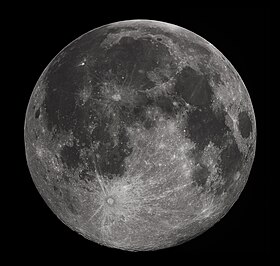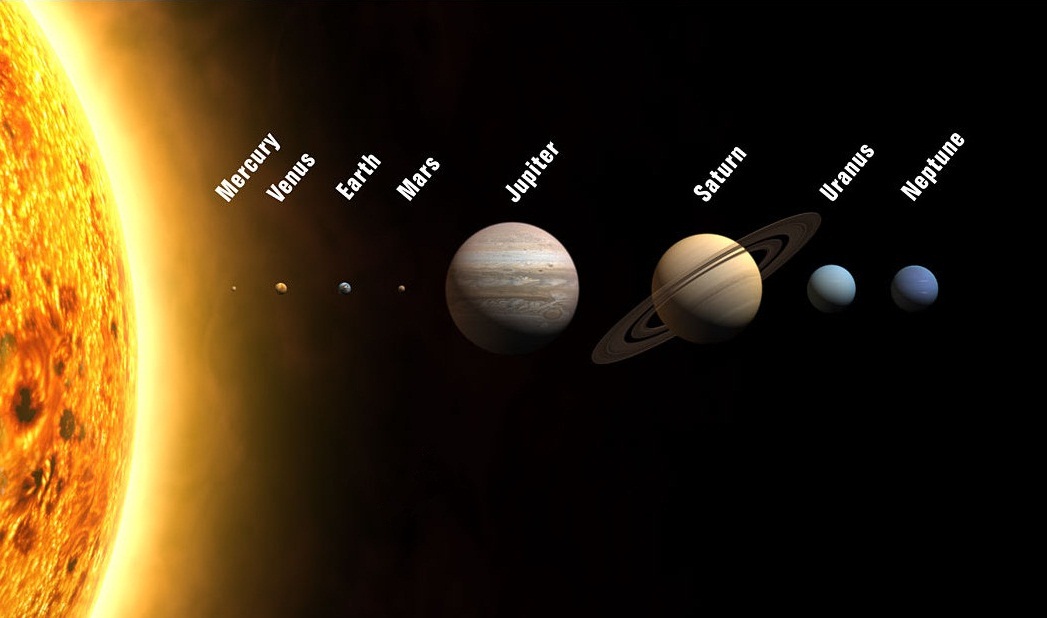Those Definitions—Oh, Please!!!

Darlings, I just saw a little clip of your Astronomy 101 mockup on QVC and it was SO not fabby! First of all, Jane, dear what were you thinking—I mean, is the Moon a Star? And Isaac, darling, PLANET MOON!?

Let me fix that for you dears: the Moon is a satellite of Earth. It’s not a planet. A planet is a celestial body that moves in orbit around a star. Earth is a planet. So, are Mercury, Venus, Mars, Jupiter, Saturn, Uranus, and Neptune. Pluto is a dwarf planet. Moons move in orbit around their planets. So, that makes them moons. Not planets. And yes, you can learn that from Google. Although, to be fair, this is stuff most kids learn in school, even before they decide to become fashion icons.
Try looking here at Mission: Science at NASA. Those folks have their definitions straight. And, they wear fabby stuff out to space!
Jane, dear, I’ll give you a little oomph for knowing that the Sun is a star—that’s a gimme. But the Moon… nope.

Isaac, one other thing: planets aren’t defined by whether they have life on them. I wish that every planet DID have life, but many don’t. At least, none that we’ve found. For now, let’s stick with the definition of planet that astronomers work with. It’s a good one.
Now, about some astronomy-themed fashions—do you need a consultant? I’m here for you darlings! Love your latest, Isaac! Bring on the ruched star shirts and Downton Abbey styled stargazing togs. I’m ready!
Ta ta!

According to the geophysical planet definition, the Moon could be considered a secondary or satellite planet. Spherical moons have many of the same qualities, compositions, and processes as primary terrestrial planets. Some are top contenders for hosting microbial life and for possible human colonization.
Obviously, there is no scientific justification for calling the Moon a star.
As we both know, astronomers use more than one legitimate definition of planet depending on whether they prefer the dynamical or geophysical view. Somehow, I doubt the people who wrote the page to which you refer are familiar with either one.
Oh, I agree, but you and I work with technical definitions that are not usually used by the public. For purposes of this discussion, the planet definition I gave is enough to help delineate them from stars and moons. 😉
C